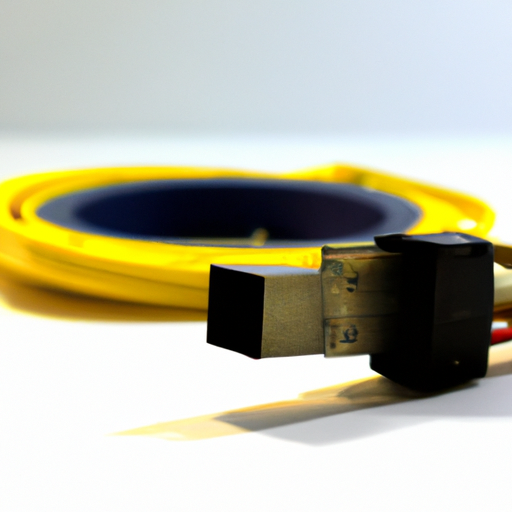Hot insertion controllers are a type of electronic device that allows for the insertion and removal of components or modules from a system without having to power down the entire system. This technology offers a number of advantages for both manufacturers and end-users, making it a popular choice for a wide range of applications.

Another advantage of hot insertion controllers is the flexibility they offer in terms of system design and configuration. With hot insertion capabilities, manufacturers can design systems with modular components that can be easily swapped out or upgraded as needed. This can help to extend the lifespan of a system and make it easier to adapt to changing requirements or technologies.
Hot insertion controllers also offer benefits in terms of cost savings. By allowing for easier maintenance and upgrades, these controllers can help to reduce the overall cost of ownership of a system. In addition, the modular design enabled by hot insertion controllers can help to reduce the cost of manufacturing and assembly, as components can be easily added or removed as needed.
In addition to these practical advantages, hot insertion controllers also offer a number of technical benefits. For example, these controllers can help to prevent damage to components by ensuring that they are properly inserted and removed. This can help to extend the lifespan of components and reduce the risk of system failures.
Hot insertion controllers can also help to improve system reliability by allowing for components to be replaced quickly in the event of a failure. This can help to minimize downtime and ensure that the system remains operational at all times. In addition, hot insertion controllers can help to simplify troubleshooting and diagnostics, as components can be easily swapped out to isolate and address issues.
Overall, hot insertion controllers offer a number of advantages for manufacturers and end-users alike. By allowing for easier maintenance, upgrades, and system design, these controllers can help to improve system reliability, flexibility, and cost-effectiveness. As a result, hot insertion controllers are a popular choice for a wide range of applications, from industrial automation to telecommunications to data centers.
Hot insertion controllers are a type of electronic device that allows for the insertion and removal of components or modules from a system without having to power down the entire system. This technology offers a number of advantages for both manufacturers and end-users, making it a popular choice for a wide range of applications.

Another advantage of hot insertion controllers is the flexibility they offer in terms of system design and configuration. With hot insertion capabilities, manufacturers can design systems with modular components that can be easily swapped out or upgraded as needed. This can help to extend the lifespan of a system and make it easier to adapt to changing requirements or technologies.
Hot insertion controllers also offer benefits in terms of cost savings. By allowing for easier maintenance and upgrades, these controllers can help to reduce the overall cost of ownership of a system. In addition, the modular design enabled by hot insertion controllers can help to reduce the cost of manufacturing and assembly, as components can be easily added or removed as needed.
In addition to these practical advantages, hot insertion controllers also offer a number of technical benefits. For example, these controllers can help to prevent damage to components by ensuring that they are properly inserted and removed. This can help to extend the lifespan of components and reduce the risk of system failures.
Hot insertion controllers can also help to improve system reliability by allowing for components to be replaced quickly in the event of a failure. This can help to minimize downtime and ensure that the system remains operational at all times. In addition, hot insertion controllers can help to simplify troubleshooting and diagnostics, as components can be easily swapped out to isolate and address issues.
Overall, hot insertion controllers offer a number of advantages for manufacturers and end-users alike. By allowing for easier maintenance, upgrades, and system design, these controllers can help to improve system reliability, flexibility, and cost-effectiveness. As a result, hot insertion controllers are a popular choice for a wide range of applications, from industrial automation to telecommunications to data centers.